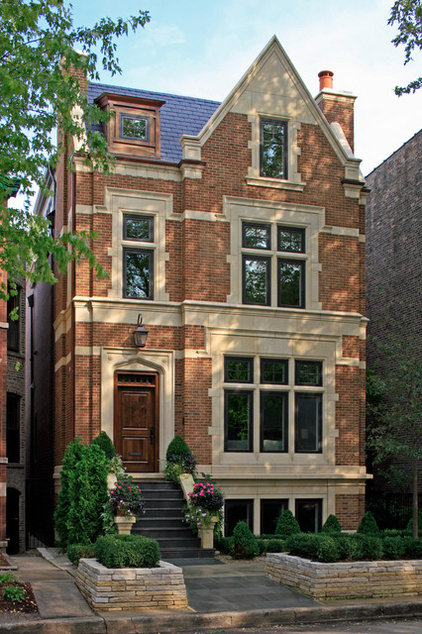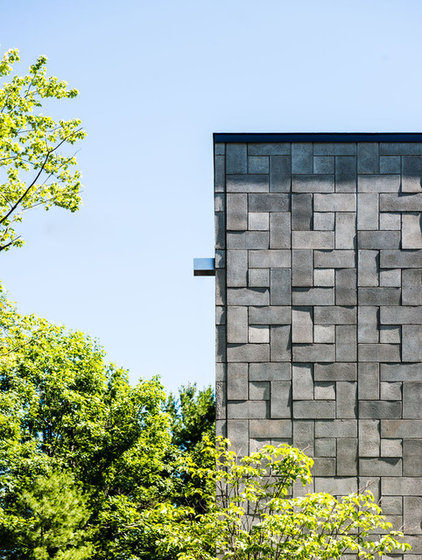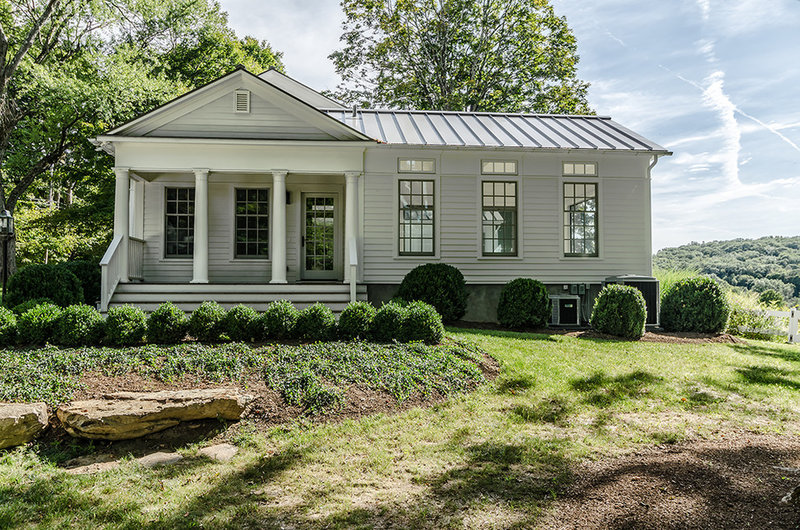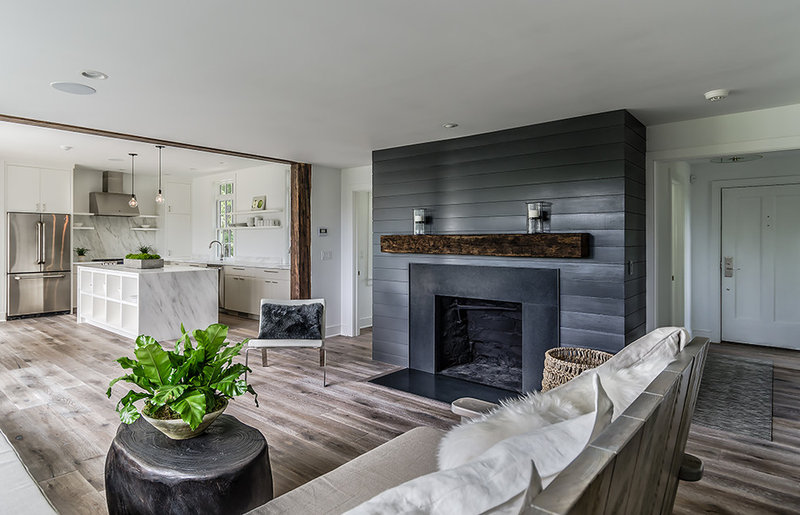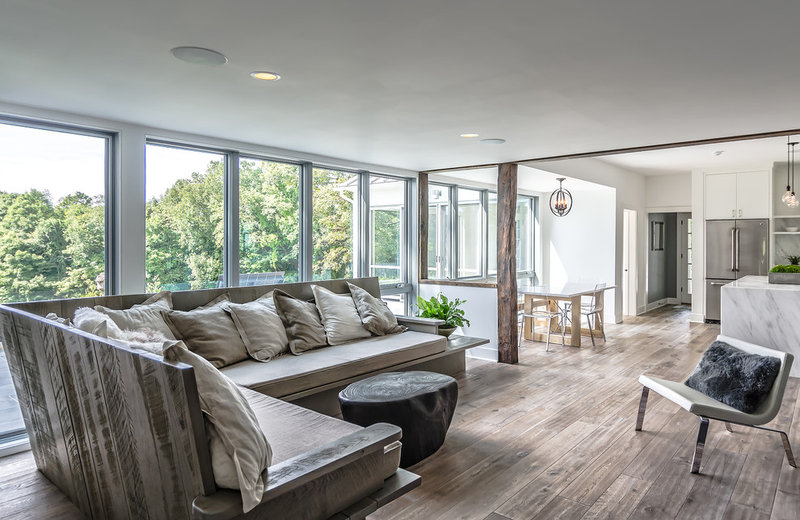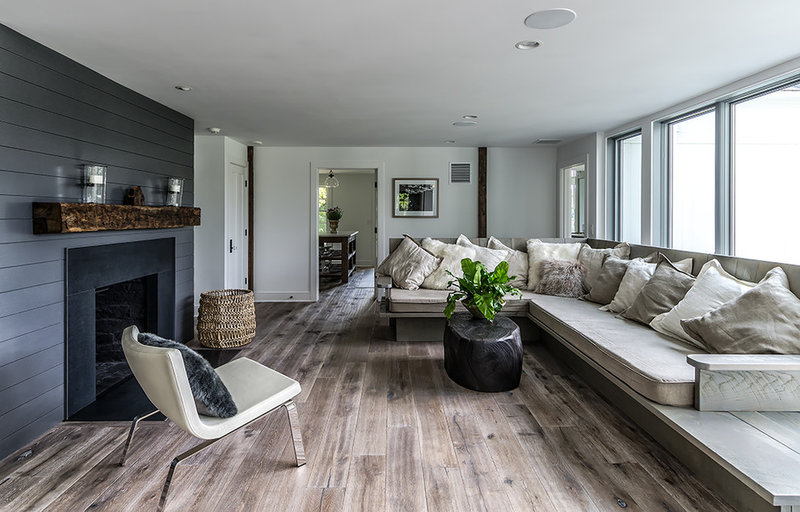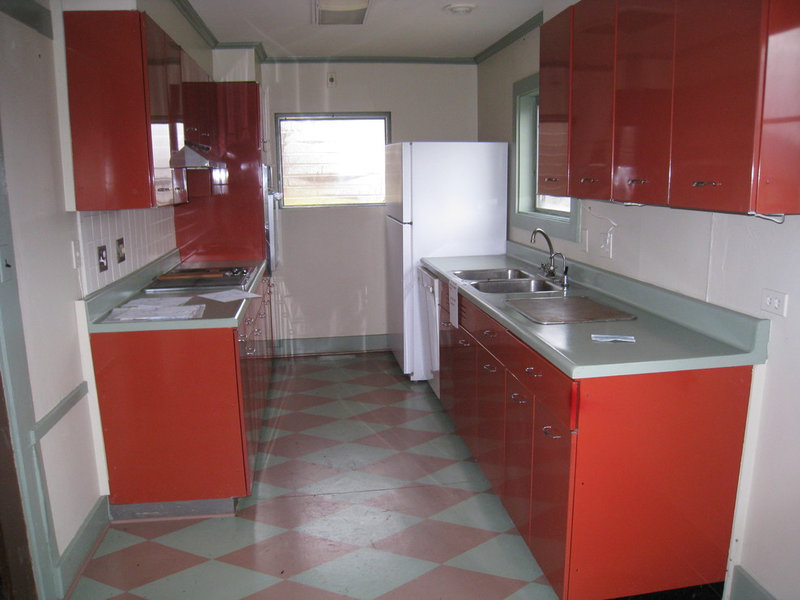Is your business or company struggling to find new customers?
Do you know how to build your business network on social media?
Before you can sell, you have to create a trusted relationship with your future customer.
In this article, you’ll discover four ways to use social media to find and establish relationships with new prospects and leads for your business.
#1: Join a Conversation on Twitter
Tweet chats are great for person-to-person networking on Twitter and they can act as one of the single best lead generation tools in social media.
You can consult a number of lists to quickly locate chats that are relevant to you. These lists include hashtags and other key information like date, time and the name of the host or owner of the chat.
A tweet chat example.
The best thing about tweet chats is that while almost everyone starts out a stranger, over time the participants begin to know one another and develop relationships that extend beyond the regularly scheduled chat.
During the chat, you’ll find people who ask questions you can answer. Your replies will be limited to 140 characters, so they’ll need to be as concise as possible. Use the opportunity to let participants know you’re open to accepting a follow and a direct message from them and carrying the conversation further by phone or on another platform.
#2: Participate in LinkedIn Groups
LinkedIn groups hold a lot of opportunity for networking with people who fit your prospect profile.
There’s an easy way to find the groups you are interested in. Hover on Interests in the header navigation and click on Groups. From here, click on More>> in the Groups You May Like box.
From here, use keywords specific to your industry to search for and find groups relevant to your business. You can filter your search results by Relationship, Categories and Languages.
Use the search function to identify the right groups for you to join.
Next, check out each of those groups and join one or two that are made up of people who could be interested in what you offer.
This isn’t a place to sell. Be nice, be helpful and focus on providing service to the other members. Answer questions, give advice and share your knowledge.
Pay attention to who likes your posts and comments. Similar to Facebook, you can click on the Like button to see a list of people who have liked your comment.
Follow the people who like your comments.
Visit the profiles of those folks and see if any of them fit your prospect profile. Follow them on LinkedIn to get to know them better and when the opportunity arises, ask them to connect with you.
Use tags to sort your new contacts into one of two groups—prospects and strategic partners who can refer prospects. The tags will make it easier for you to keep track of the relationships as they evolve.
If there’s not an existing group that fits your needs, create one to network with your current prospects and attract new ones.
#3: Share Insights From an Event
When you attend trade shows or conferences, share the highlights and notes with people who can’t attend and you’ll attract people interested in the same niche.
On Twitter, share your notes in real time with your followers. Use the official event hashtag in your tweets so they are included in the larger conversation, and they’ll be visible to people who don’t follow you. Make sure you pay attention to new follows during this time, as they could well be new prospects for you.
You can accomplish the same goal with your company’s website. A tool such as Storify will help you consolidate your notes into a blog post with a rundown of all of the most important points made during the conference.
This event recap blog post was created using Storify.
Pay attention to the folks who follow along, comment or retweet your information. This is a simple way to surface invisible prospects that you might otherwise miss. Connect with each person on the platform or network that makes the most sense, and when the time is right, reach out and offer your help.
http://www.socialmediaexaminer.com/build-your-business-network/

